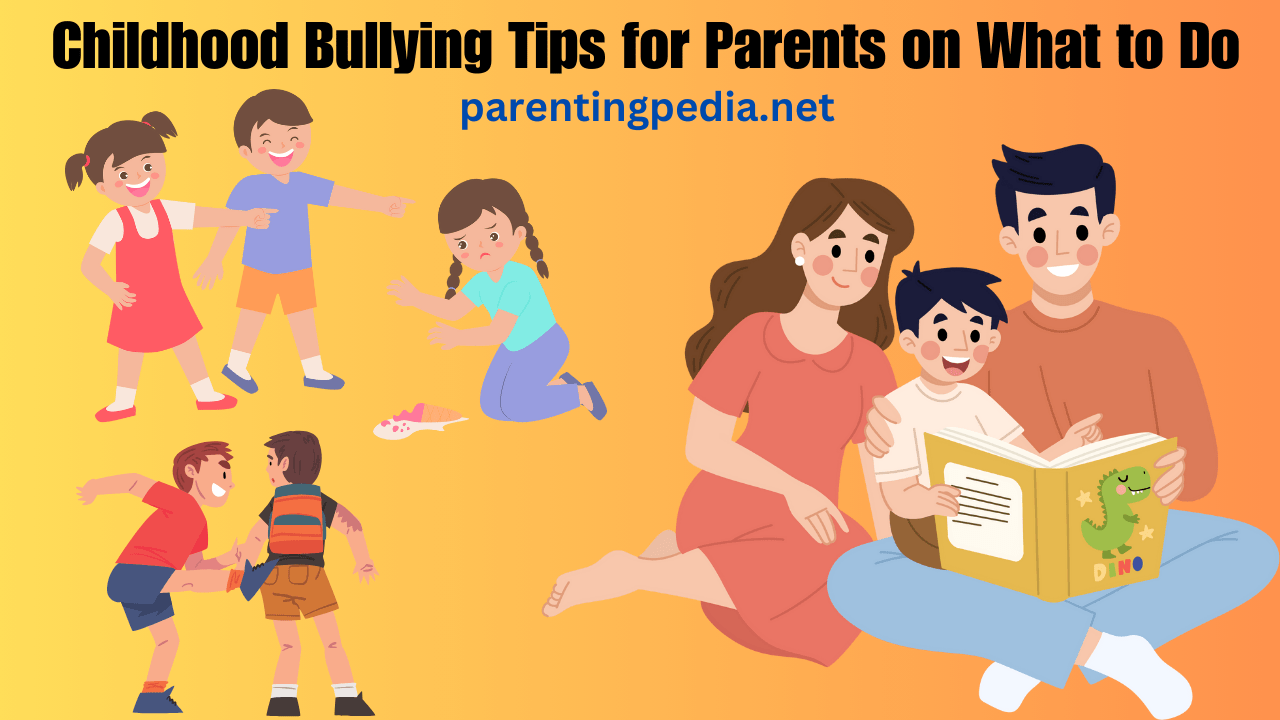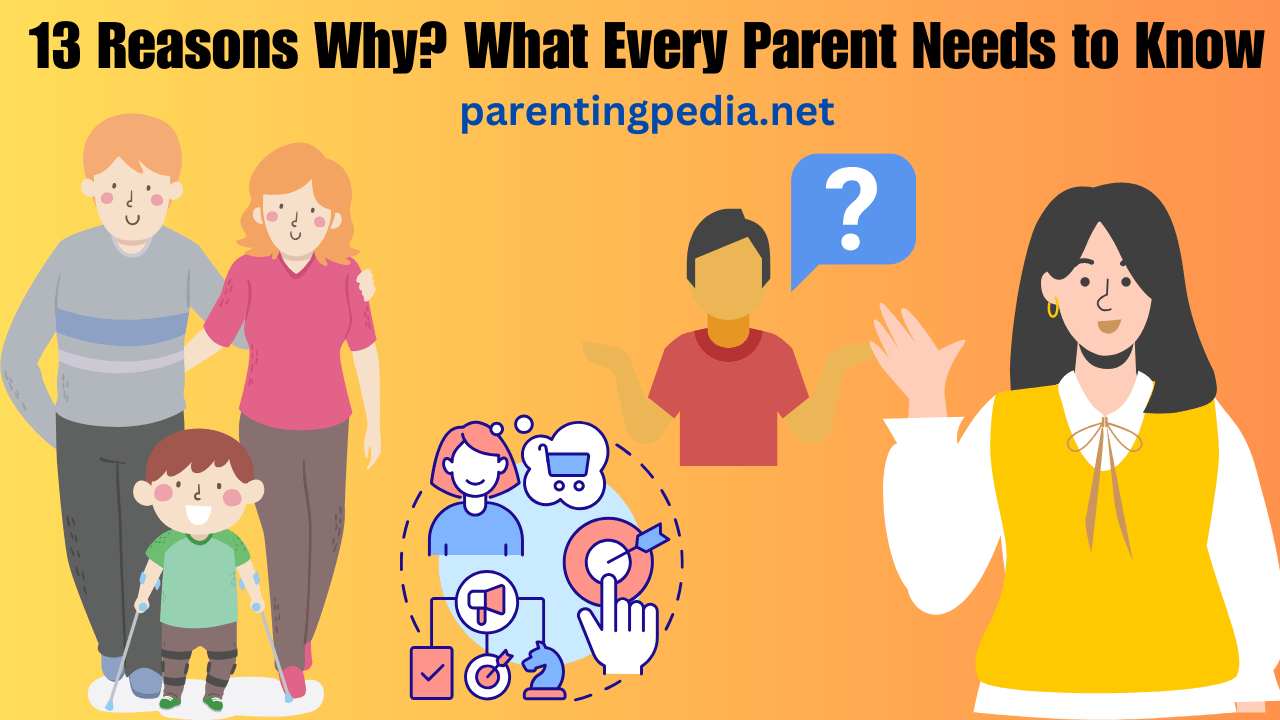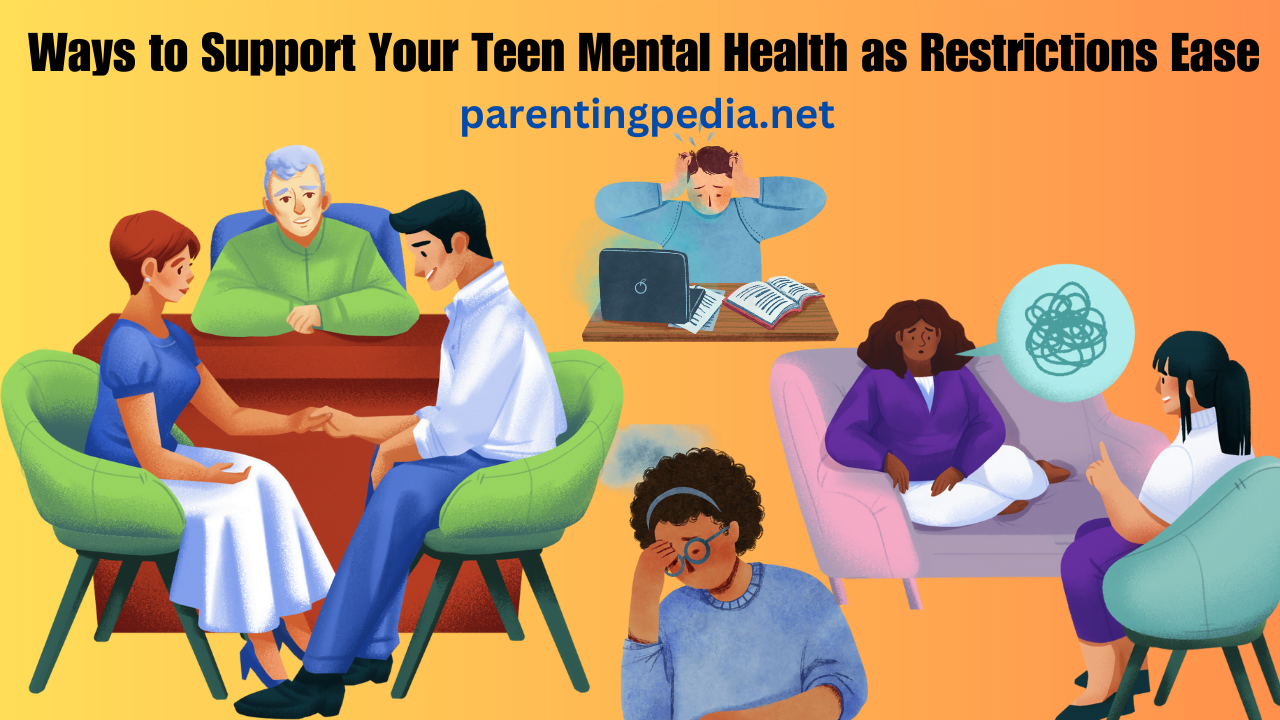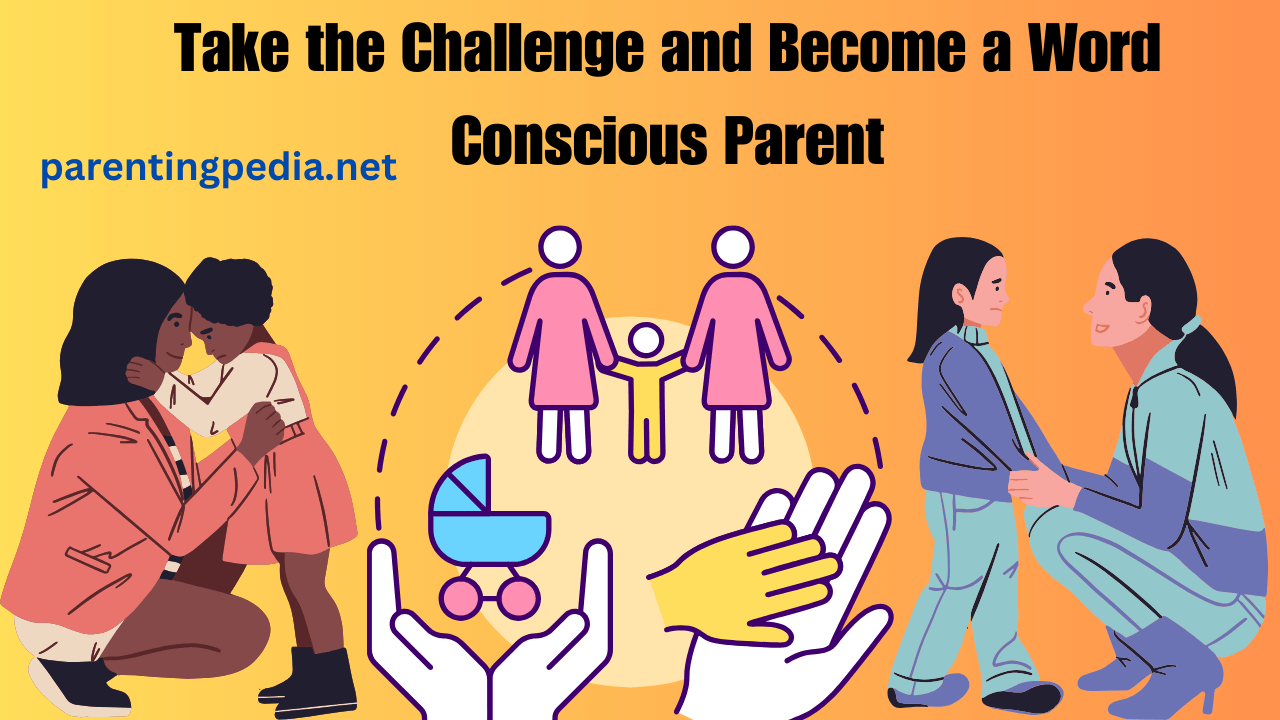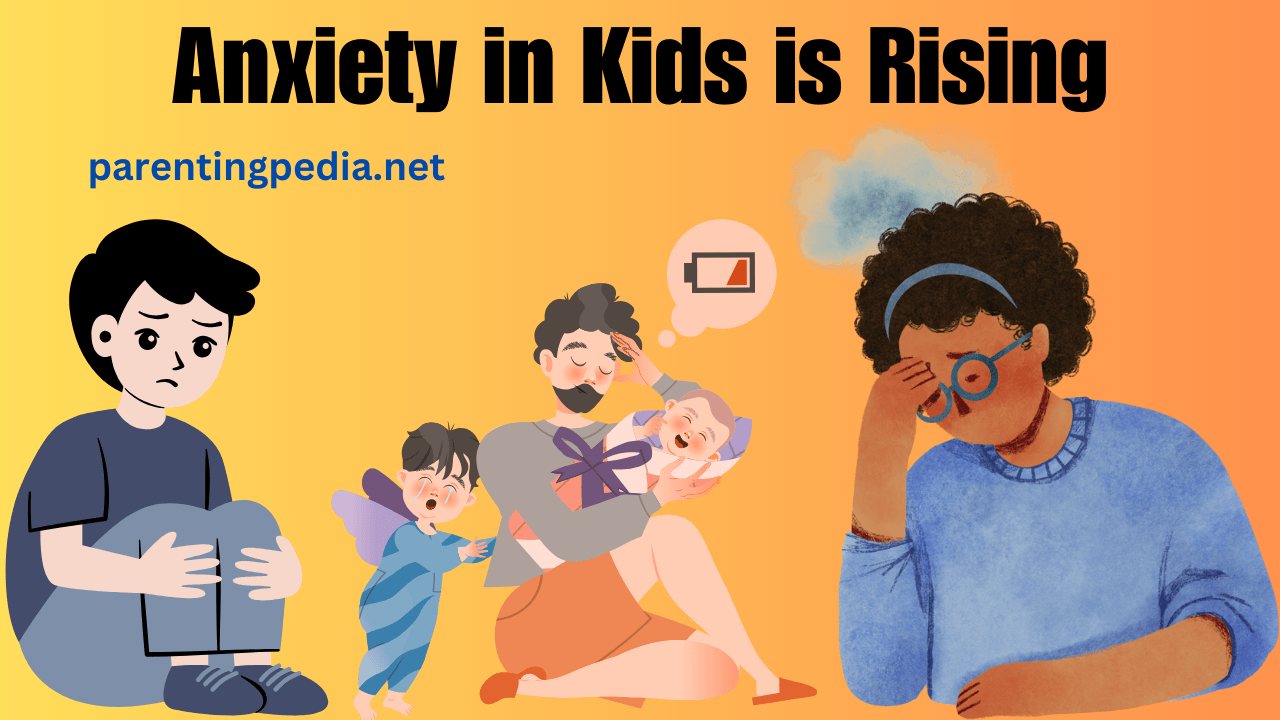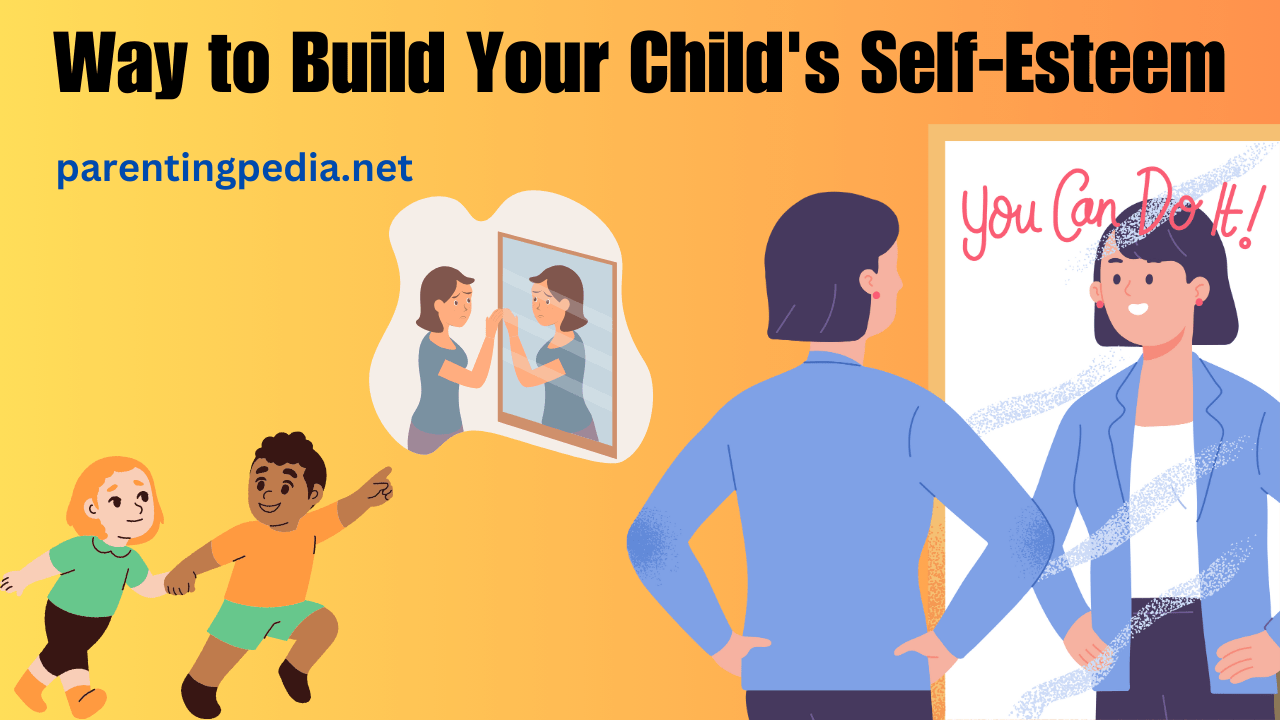Discover 5 micro habits from Michael Grose, a leading parenting educator, that will help you become a better parent. It’s the little things that count in raising kids.
In the complex world of parenting, every small effort counts. As Michael Grose aptly puts it in his insightful articles and memos, it’s often the little things that can make the biggest impact. Being a better parent doesn’t require grand gestures or monumental changes.
It’s about embracing micro habits, a Spartan approach, and ditching corporate jargon to foster social and emotional learning (SEL) in your children. In this blog post, we’ll delve into five micro habits recommended by Michael Grose, a leading parenting expert.
These habits are practical and easy to incorporate into your daily life to become a better parent. So, let’s dive right in and explore the strategies that will help you lead your children towards a brighter future.
1. The Power of Social and Emotional Learning (SEL) for Parents
One of Michael Grose’s key messages is the importance of Social and Emotional Learning (SEL) when it comes to parenting. SEL empowers children to understand and manage their emotions, set and achieve positive goals, feel and show empathy for others, establish and maintain positive relationships, and make responsible decisions.
Michael Grose’s Insight: “SEL is the foundation for creating strong, confident, and well-adjusted children. As parents, we play a crucial role in teaching our kids these life skills.”
SEL is not just an educational concept; it’s a fundamental aspect of parenting. By integrating SEL into your daily interactions with your children, you help them develop critical life skills that go beyond academics.
2. Michael Grose’s Memos: A Valuable Resource for Leading Parenting
Michael Grose’s “Meigs Memos” is a treasure trove of parenting wisdom. These concise and practical memos provide valuable insights and actionable tips for parents. Grose’s expertise and relatable writing style make these memos a must-read for parents looking to improve their parenting skills.
Michael Grose’s Insight: “I believe that parenting is a journey, and my memos are here to guide you along the way. They offer strategies for you to try and valuable advice to keep in mind.”
Make it a habit to read Grose’s Meigs Memos regularly. They cover a wide range of topics related to parenting, making it easier for you to navigate the challenging journey of raising kids.
3. Leading Parenting: Strategies to Try
Grose’s approach to parenting is all about making small, manageable shifts that can lead to significant improvements in your relationship with your children. Let’s explore three big shifts that parents of teenagers need to make to survive and thrive in this transformative phase of life.
Shift 1: Point Your Feet Toward Your Child’s Interests
Michael Grose emphasizes the importance of showing genuine interest in your child’s hobbies and passions. This simple act of pointing your feet toward their interests can help you build a stronger connection with them.
Shift 2: Master the Art of Listening
In the age of constant distractions, truly listening to your child can be a game-changer. By actively engaging in conversations and understanding their perspective, you can create a more meaningful parent-child relationship.
Shift 3: Focus on Forming Good Habits
Teaching your children the value of forming positive habits is crucial. The adolescent years are a great time to help your children focus on developing behaviors that will serve them well throughout their lives.
4. The Great Challenge: Parenting Teenagers
Parenting teenagers can be a challenging experience, and it often feels a lot harder than raising little kids. However, it’s important to remember that these years are a great opportunity to help your children focus on forming good habits.
Michael Grose’s Insight: “The good news is that parenting teenagers can be a fulfilling journey if you approach it with an open mind and a willingness to adapt.”
The key to positive parenting during the teenage years lies in recognizing that your teens need your guidance and support more than ever. While they may push boundaries and assert their independence, they still need you by their side.
5. Micro Habits: A Spartan Approach to Parenting
When it comes to parenting, micro habits can be your secret weapon. These small, consistent actions require no willpower and can easily be integrated into your daily routine. Let’s explore some of the micro habits recommended by Michael Grose that can help you become a better parent.
Micro Habit 1: Be Mindful of Your Interactions
Consciously choose your words and actions when interacting with your children. This simple act of being mindful in your interactions can have a profound impact on your relationship with them.
Micro Habit 2: Point Your Feet, Not Your Nose
When engaging with your child, ensure that your feet are pointing in their direction, signaling your genuine interest and attention. This small shift in body language can make your child feel heard and valued.
Micro Habit 3: Choose Your Battles
Not every issue requires a full-blown confrontation. Sometimes, it’s better to let go and not engage in power struggles with your child. Choose your battles wisely to maintain a peaceful and positive atmosphere at home.
Micro Habit 4: Empathize with Your Child’s Emotions
Empathy is a powerful tool in parenting. When your child is annoyed or upset, take a step back and try to understand their emotions. Let them know that you genuinely care about how they feel.
Micro Habit 5: Share Your Toys
In the world of parenting, sharing isn’t just for kids. As a parent, sharing your thoughts, experiences, and emotions can foster a deeper connection with your children. Open up and let them into your world.
FAQs
Q1. How can I encourage my child to form good habits?
A1. Michael Grose suggests that the adolescent years are an excellent time to help your children focus on forming good habits. Lead by example and create an environment that encourages positive behaviors.
Q2. Is it really easier to parent teenagers than younger children?
A2. While it may seem more challenging, parenting teenagers comes with its own set of rewards. It’s a time to guide and support your child as they navigate the complexities of adolescence.
Q3. What’s the importance of Social and Emotional Learning (SEL) in parenting?
A3. SEL is the foundation for creating strong, confident, and well-adjusted children. It equips them with the skills they need to succeed in life, from managing their emotions to making responsible decisions.
Final Thoughts
In the world of parenting, the small, consistent efforts you make can have a significant impact. Michael Grose, an award-winning speaker and author of 12 books for parents, including his renowned “Meigs Memos,” provides invaluable insights into leading parenting. His Spartan approach emphasizes the importance of micro habits and the power of Social and Emotional Learning (SEL) for parents.
As your children get older, it becomes more important than ever to adapt your parenting style and navigate the challenges of the teenage years. By incorporating Grose’s recommended micro habits and focusing on forming good habits, you can foster a strong and positive relationship with your children that will last a lifetime.
Parenting is a journey, and the little things truly count. The micro habits you practice become the behaviors and habits you instill in your children, shaping them into well-rounded individuals. So, make the conscious choice to be a better parent and embrace these micro habits in your daily interactions with your kids. Thank Michael Grose for his valuable
Remember, the greatest reward of parenting lies in watching
your children soar with love and confidence.
Till then keep smiling and be happy 😊
Worth Reading 👇
- Best of the web, when you’re a teen, asks for non-alcoholic beer and more
- Choosing the Best Musical Instrument for Children to Learn
- Finding Balance Becoming a Screen Smart Family
- When Life Sucks: A Conversation with Psychiatrist and Comedian Dr. Jo Prendergast
- Getting kids to talk about their feelings
- The case for banning corporal punishment of kids
- How Parents Can Help Kids Make Good Friends
- 13 Reasons Why? What Every Parent Needs to Know
- Why meditation should be taught in schools
- How to Get Your Teenager Off the Couch
- The Two Most Important Things You Can Say to Your Child
- 10 Tips to Help Your Teen Out of the Procrastination Trap
- Is your child being bullied, how parents can help?
- Taking care of emotions a guide for parents and their kids
- Getting Involved Parents Making a Difference
- How to manage your child’s self-criticism



